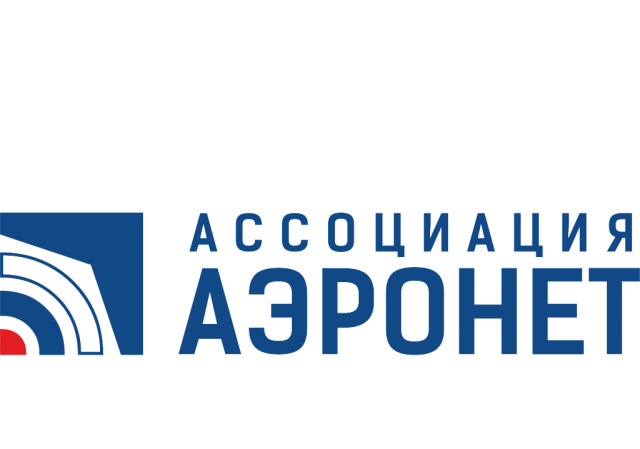It will allow the creators of drones to reduce the development time of serial samples of equipment by 24 months
MOSCOW, October 23. /tass/. A platform for creating auxiliary power plants for drones may appear in Russia by 2024, the press service of the Aeronet National Technology Initiative told TASS. The corresponding development is already underway, and by 2026 the technical solution will bring revenue of 50 million rubles. The platform is being developed by the "Turbomachine Problem Laboratory".
"The platform will be a set of ready-made technical solutions and technologies that will be used by all market participants on an equal, non-discriminatory basis. They will be able to access software and technical documentation through a cloud service. On the basis of the certified designs of key products of the distribution power plant platform (DCS) developed and tested within the framework of the project, scalable engineering solutions - digital twins and computational mathematical models - will be developed for the entire line of DCS. In the course of the tests, their validation will be carried out (confirmation of compliance with the requirements for aviation power plants)," said Pavel Bulat, market participant of AeroNet and CEO of "Problem Laboratories of Turbomachines".
Aeronet explained that electric, gas turbine and air-jet engines for aircraft with a take-off weight of up to 1.5 tons are not currently being produced and developed in Russia. The auxiliary power plant (APU), the core of which is the engine, also includes an energy source, a traction device and other elements. The platform also represents an opportunity to create a distribution power plant (differs from the APU in that all elements can be placed in different places of the airframe.
"DCS allow you to create non-standard aerodynamic layouts in which energy sources and traction devices are distributed throughout the airframe," Aeronet noted.
The platform will allow the creators of drones to reduce the development time of serial samples of equipment by 24 months, and the number of parts by three times, while reducing the cost of the final product by 40-60%, Bulat added.

